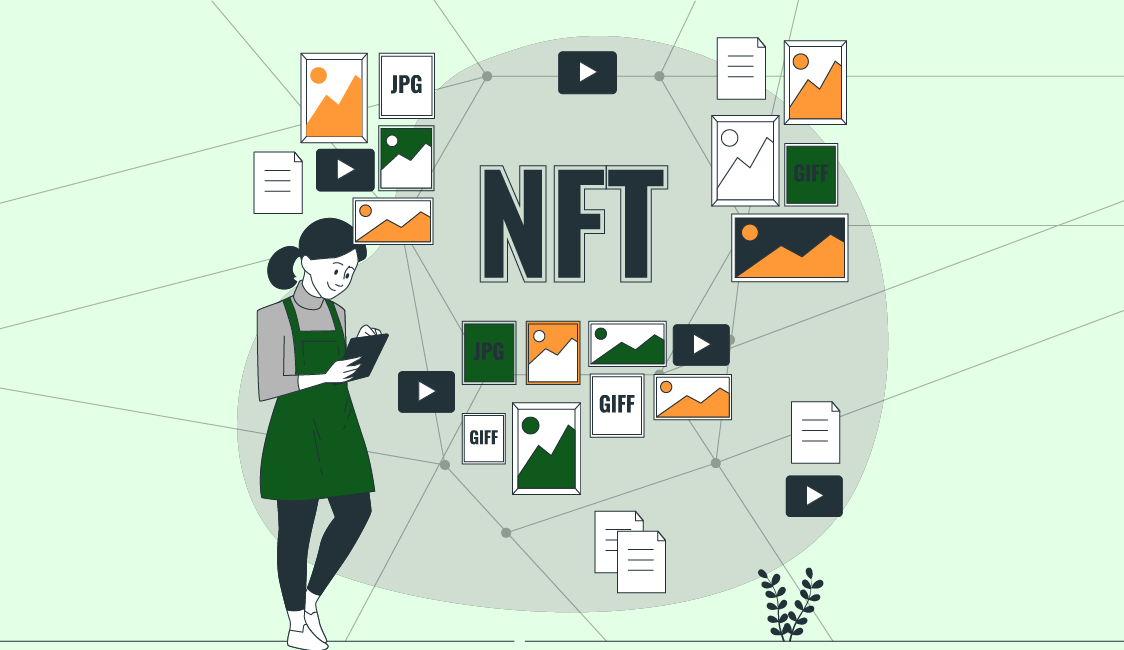
Blockchain
Blockchain is a revolutionary technology that enables secure and transparent transactions and data storage without the need for a central authority. It is a decentralized and distributed ledger system where transactions are recorded in blocks and linked together to form an unchangeable chain. The decentralized nature of blockchain enhances security, as data is stored and verified across multiple nodes in the network. Blockchain employs cryptographic techniques to ensure the integrity and immutability of data, making it highly resistant to tampering or fraud. This technology has far-reaching applications beyond cryptocurrencies, including supply chain management, identity verification, healthcare records, and decentralized finance. By eliminating intermediaries, reducing costs, and promoting trust and transparency, blockchain has the potential to transform various industries and redefine the way we conduct transactions and exchange information.
Blockchain is a decentralized and distributed digital ledger technology that records transactions across multiple computers or nodes. It provides a secure and transparent way to store and verify data without the need for a central authority. Here are some key details about blockchain:
Decentralization: Unlike traditional centralized systems, blockchain operates in a decentralized manner. It eliminates the need for a central authority or intermediary by allowing multiple participants (nodes) to maintain and validate the ledger collectively. This decentralized nature enhances transparency, security, and trust in the system.
Distributed Ledger: Blockchain uses a distributed ledger, which is a digital record of transactions or data that is shared among all participating nodes. Each transaction, known as a block, is linked to the previous block, creating a chain of blocks. This sequential structure ensures immutability and integrity of the data.
Security and Trust: Blockchain employs advanced cryptographic techniques to secure the data stored on the ledger. Once a block is added to the blockchain, it becomes nearly impossible to alter or tamper with the information. This immutability, combined with consensus mechanisms, ensures the integrity and trustworthiness of the data.
Consensus Mechanisms: Consensus mechanisms are used in blockchain to achieve agreement among nodes on the validity of transactions. Popular consensus mechanisms include Proof of Work (PoW), Proof of Stake (PoS), and Byzantine Fault Tolerance (BFT). These mechanisms prevent malicious activities and maintain the accuracy and consistency of the blockchain.
Smart Contracts: Smart contracts are self-executing contracts with predefined rules and conditions written into code. They are stored and executed on the blockchain, enabling automated and decentralized interactions between parties. Smart contracts can facilitate various transactions and processes, such as asset transfers, voting systems, and supply chain management.
Transparency: Blockchain offers transparency as the ledger is accessible to all participating nodes. Transactions recorded on the blockchain are visible to all participants, promoting accountability and reducing the potential for fraud or manipulation. However, the level of transparency can vary depending on the type of blockchain (public or private) and the permissions granted to participants.
Applications of Blockchain: Blockchain technology has applications beyond cryptocurrencies like Bitcoin. It can be used in supply chain management, healthcare records, identity verification, intellectual property rights, financial transactions, decentralized finance (DeFi), and more. Blockchain has the potential to revolutionize various industries by improving efficiency, reducing costs, and enabling new business models.
Scalability and Challenges: While blockchain technology offers many advantages, scalability remains a challenge. Processing a large number of transactions and maintaining consensus across a growing network can be complex. Various scaling solutions, such as sharding and off-chain transactions, are being developed to address these challenges and improve blockchain’s scalability.

